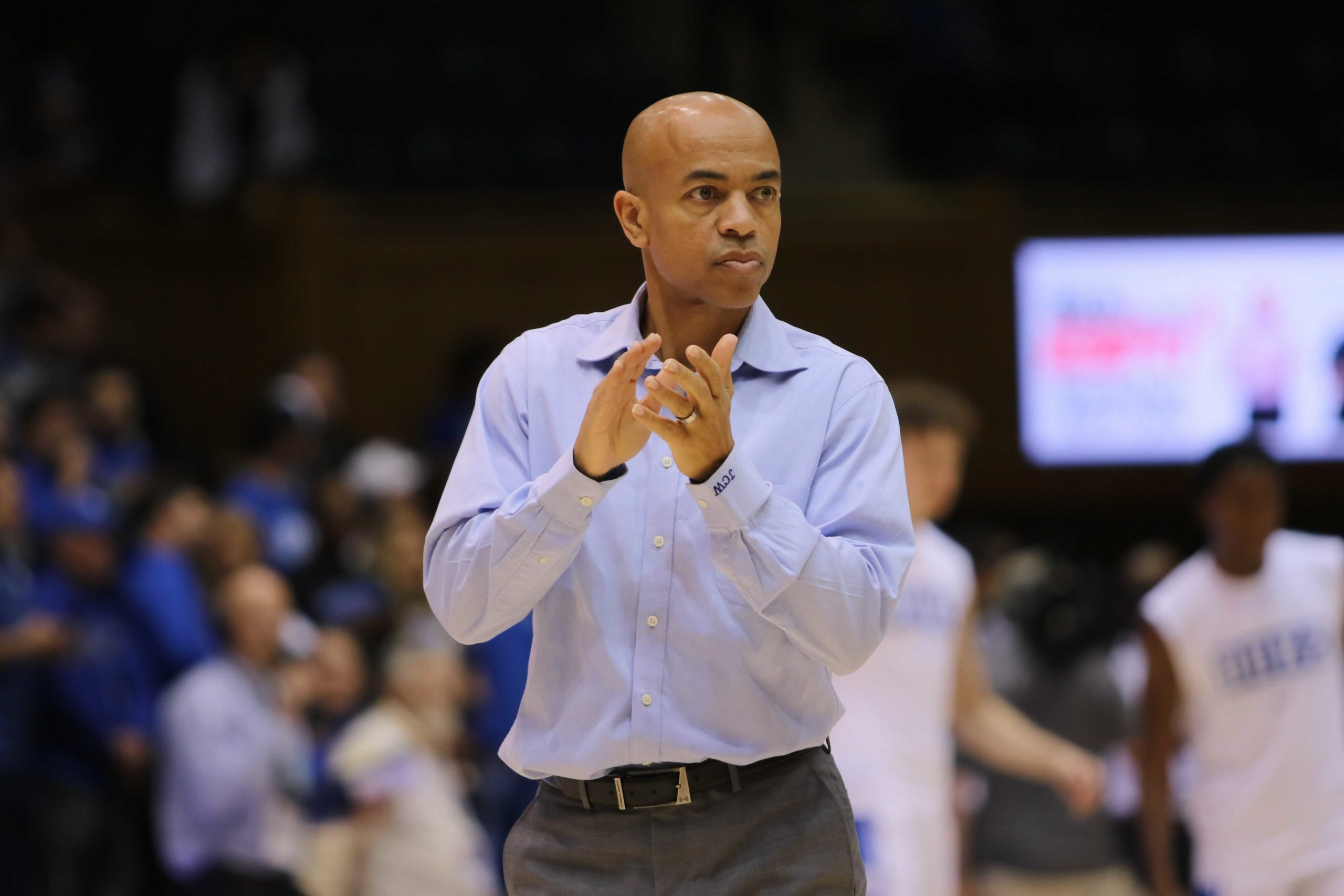
In sports, Black coaches often go underlooked with head coaching positions. NBA franchises often hire white coaches with no experience, and it’s no different in the NFL, MLB and softball, a predominantly white sport.
It’s no secret that division one sports offer few head coaching opportunities.
Cliff Warren, assistant coach for the Georgia State men’s basketball team, is no stranger to the uphill battle in obtaining a coaching position at such a high level.
“I know college basketball. It’s very difficult to get head coaching jobs, Black or white,” Warren said. “It’s just tough cause there are only so many 350 head coaching jobs in division one … [But] if you want to be a division one head coach, there aren’t that many.”
But just how few opportunities are there?
In 2012, 256 white coaches and 86 Black coaches made up division one athletics. Fast forward to 2020, the numbers of whites decreased to 250 while Black coaching roles went up just four percent to 98.
White women still make up more roles than Black women.
Kalynn Hicks, a junior on the Panthers’ softball team, led a student-athlete protest last March, which observed the lack of minority players in the sport. Playing in a predominantly white sport, she often sees herself as a minority.
“The only Black coach as a woman and a head coach that I have seen is when we play HBCUs,” Hicks said. “It’s crazy to me because there are so many women who could do it, or there are at smaller schools, and they have come from the higher [predominantly white institutions].”
Hicks has only played for one Black head coach, her father. When the Panthers traveled to North Carolina A&T, an Aggies head coach told Hicks that it was “refreshing to see another sister here.”
“It made my whole day,“ Hicks said. “‘Wow, she sees me, and she’s acknowledging that I was there.’ It hit home for me when she said that actually, so that was nice.“
Black student-athletes across all sports share that moment of relief.
Warren felt like he had enough influence on young student athletes’ lives to the point he decided to stick with coaching for an extended period.
“I think the way I observed other people when I got into coaching sometimes wanted to emulate those people,” Warren said. “Sometimes you like what they do, say, like how they carry themselves, and it’s not done on purpose. It’s just how you live your life. I think I’ve had some influence over players that I have coached.”
Many Black coaches have struggled to separate themselves from some of their counterparts in recent events. Like many, Warren believes that not all talent from a player can translate to them teaching.
“I think currently there are a lot more opportunities than there were 30 years ago,” Warren said. “And now I think we are all striving to do even better than what we have done before.”
Starting the talk about the disparity in the head coaching position and even other coaching positions is essential. The idea for coming up with different ways for Black student-athletes to feel more comfortable is talking about these problems with programs like Coaches 4 Change.
“Right now, during the season, a lot of people that are involved with Coaches 4 Change just want to keep the message going,” Warren said. “Now that March Madness is here, there is a buzz about student-athletes having more power in their voice. And having young student-athletes have a voice in their futures [is the reason for this organization].”
Hicks also serves on the Diversity, Equity and Inclusion committee, which gives Black student-athletes a haven.
“We would have days like Tough Talk Tuesdays, where we checked in with Black student-athletes,” Hicks said. “I was glad that we came up with something that African Americans could have and go in and talk to each other about certain situations and problems.”
As the conversations continue between Black student-athletes and coaches, the goal remains consistent: make sure everyone has an opportunity to share their voice, regardless of race.
